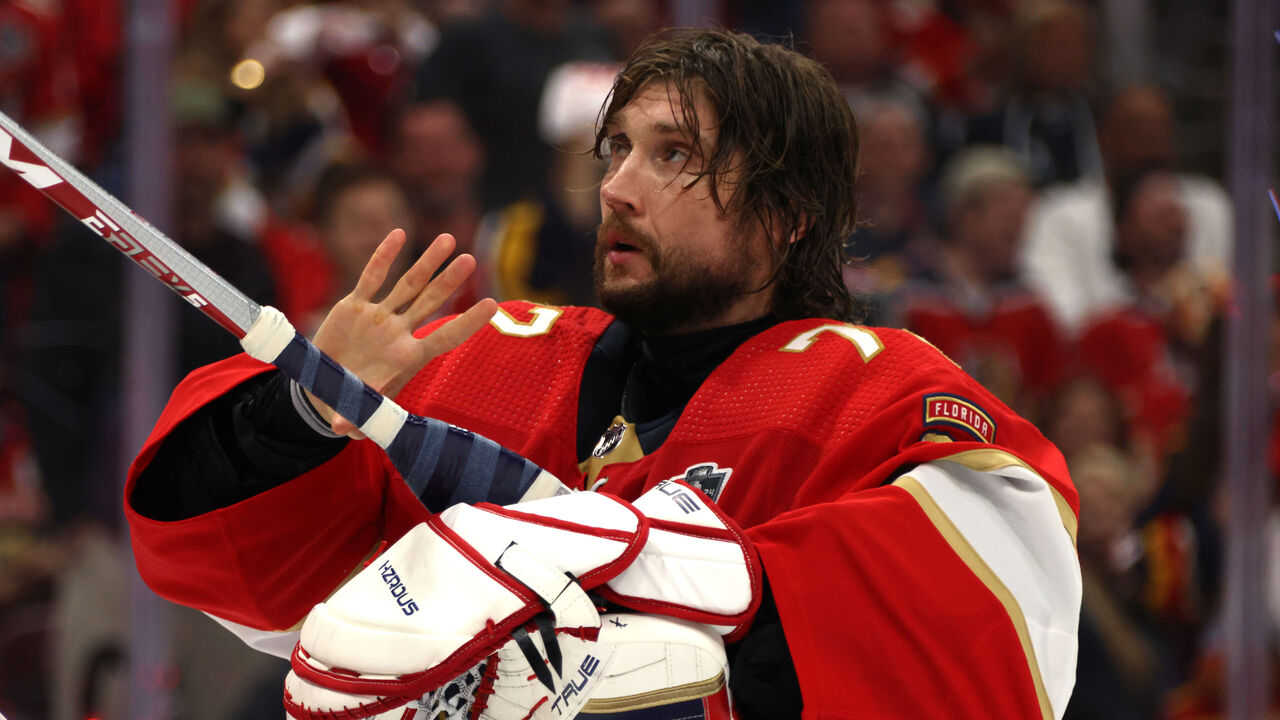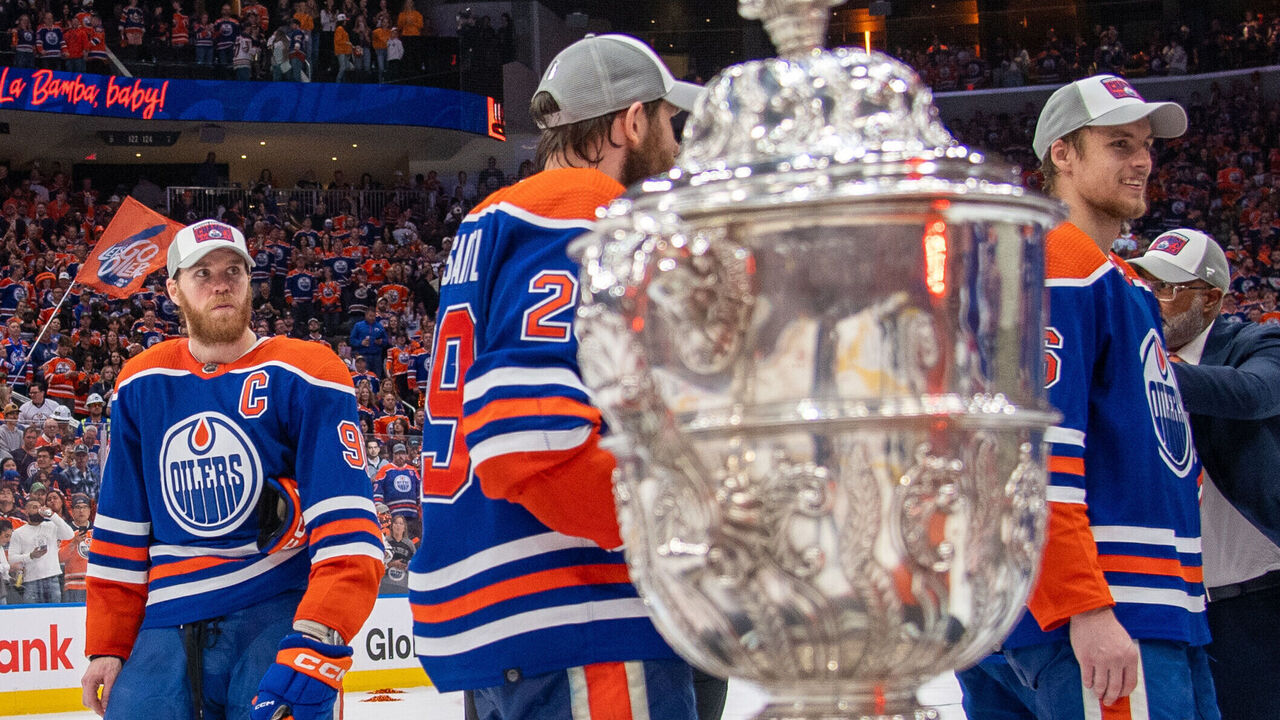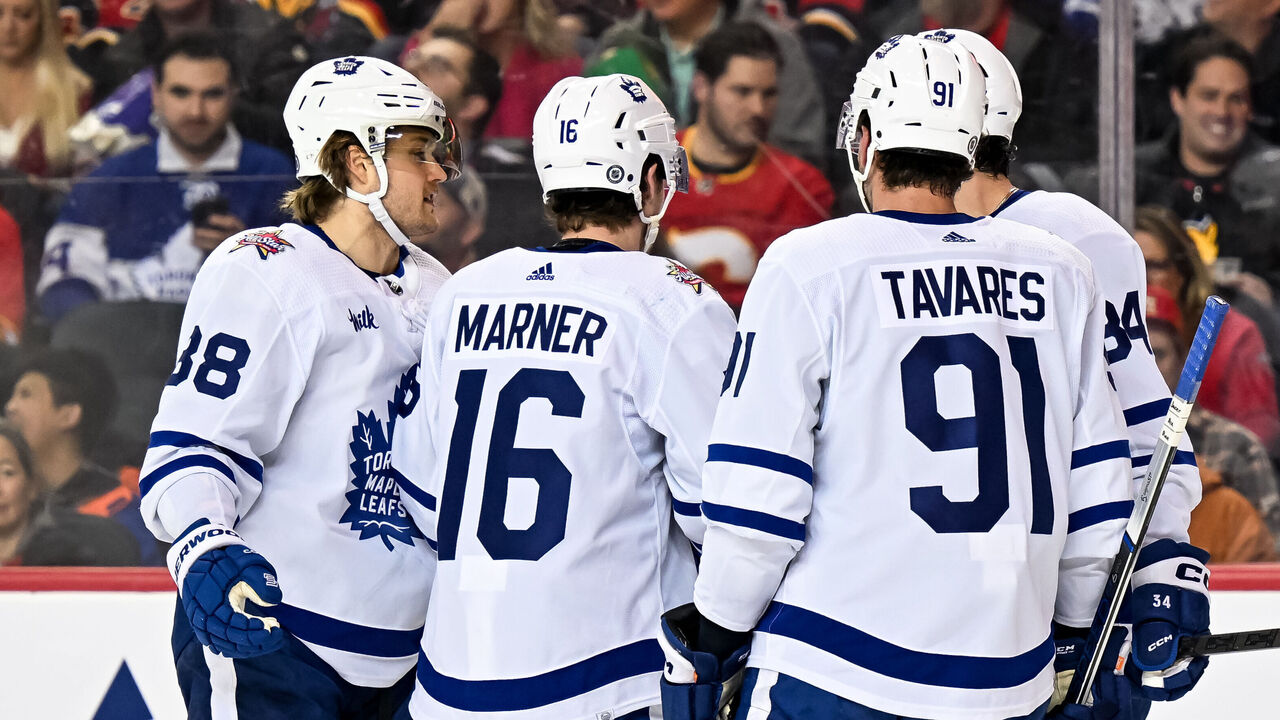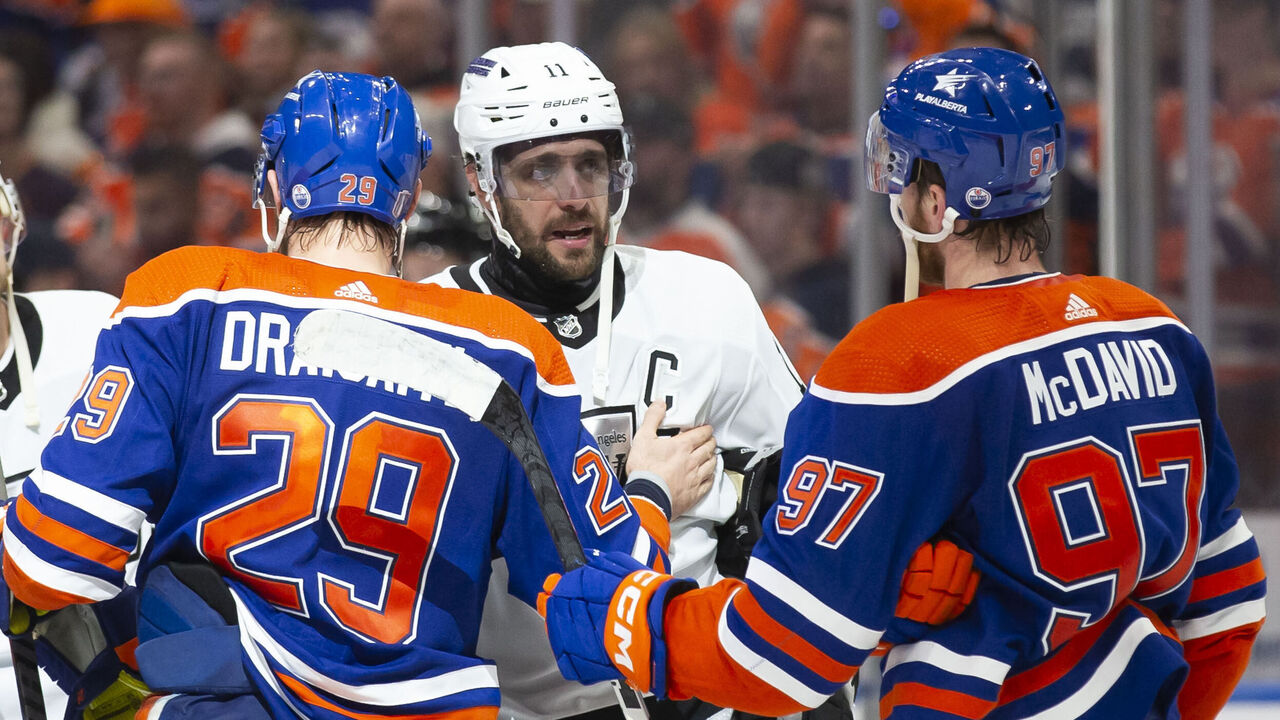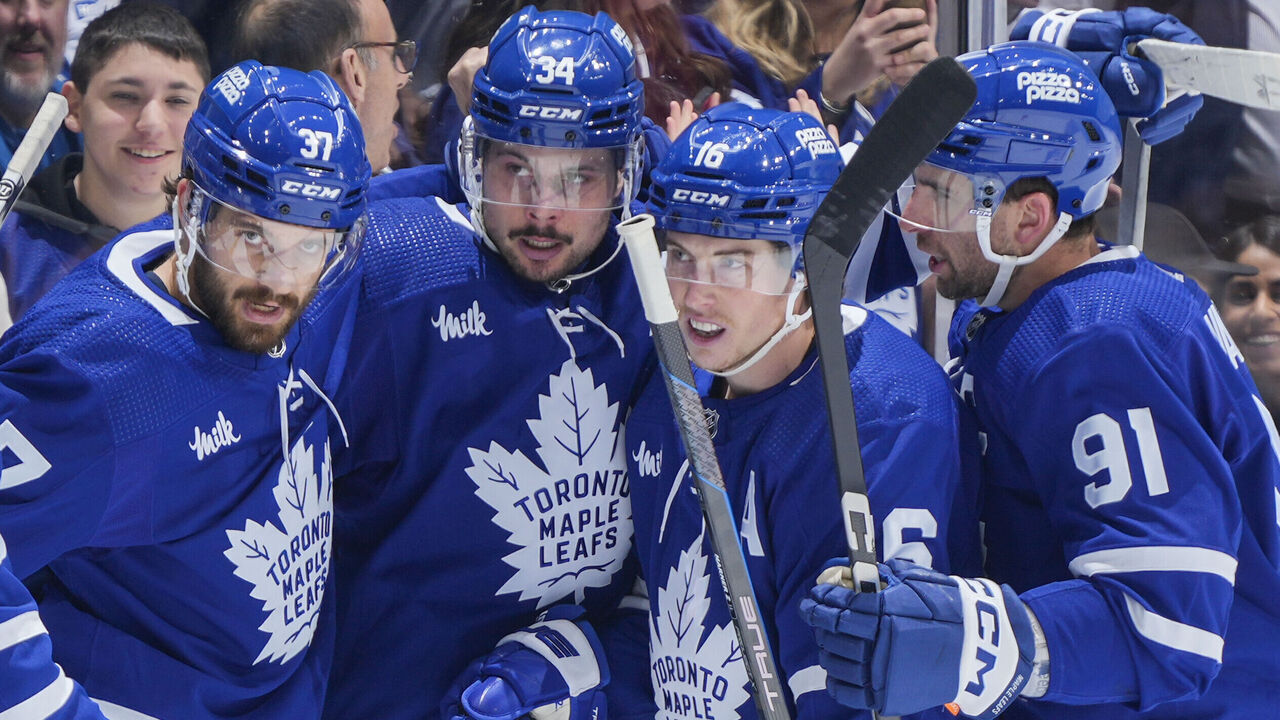UEFA European Championship viewers will have noticed the use of a new officiating technology. A sensor in the ball detects the moment when it's struck, producing a spike in a little on-screen graph that looks like a heart monitor readout.
A first thought at seeing this in action: Huh, cool.
A second thought that soon follows: Uh-oh.
It's easy to imagine the potential uses of such technology in other sports. In basketball, the little heart monitor graphic would show if a ball was deflected on the way out of bounds. In baseball, a sensor in the glove could replace the pop of the leather in determining when a catch is made. In football, completing a catch or maintaining control through the ground could be assessed by whether the ball was properly secured. Too much of a jiggle? The spikes on the graph look like a heart attack. No catch.
These things might lead to more accurate calls. They would definitely lead to more delays, longer games, and a more frustrating viewing experience.
This is the deal we've struck with ourselves in the age of video review: In a quest to achieve perfect objectivity and reduce the potential for human error, we've created an era of second-guessing, where the exhilaration of on-field moments cannot be trusted, and where incidental infractions can become game-defining moments. Objectivity is never achieved because the potential for error has just shifted to other humans.
It's enough to make one long for the days when the only officials to complain about were the ones on the field, wearing whistles.
It wasn't supposed to be this way. The original concept behind video review was simple enough. Televised replays were already showing clear officiating mistakes, like a completed catch when the ball hit the ground first. Granting some oversight to a replay official would correct those obvious errors.
But in practice, introducing that extra layer of second thought has brought not only the speedy correction of glaring mistakes but also a wholesale reexamination of incidents ranging from significant to inconsequential. There are lengthy delays and in-stadium confusion, and in the end, a subjective on-field call is replaced by a subjective in-booth call.
TV network rules analyst: "That looks like a good catch to me, Joe. I think this call will be reversed."
On-field referee: "The call has been confirmed. Incomplete pass."

As video review has been expanded over the years, one of its biggest flaws is mission creep. A system is introduced to catch a certain infraction, but it ends up being used to re-litigate something else entirely. In the NHL, the offside review system was intended to prevent goals that resulted from a player receiving a pass while already beyond the blue line. Now, teams are frantically studying replays to see if they can spot an offside that might've occurred in a zone entry a minute before a goal.
Game 6 of the Stanley Cup Final turned on such a play. The Florida Panthers scored at the opening of the second period to cut a two-goal deficit in half, but the Edmonton Oilers successfully challenged the call. It wasn't the most egregious example of such a challenge considering the goal came soon after the zone was gained, but the decision hung on whether the whole of the puck and the entirety of a skate blade had crossed the line. With no available TV camera angle directly on the blue line, it seemed impossible for viewers to say for certain when the puck or skate lost contact with the blue. It was the furthest thing from a clear and obvious error. The replay booth overturned it anyway. Was it technically accurate? Maybe. Was it the type of goal the system was intended to disallow? It was not.
There's no better example of the unintended consequences of replay than what's played out at Euro 2024. Goals have been overturned for the most marginal of handball calls, the little graph spiking even when a hand slightly caresses the passing ball. Offside decisions are now analyzed to a comically precise degree, with high-definition cameras determining whether a shin, a forehead, or indeed a toe has strayed even a few millimeters offside in the buildup to a goal.
This brings scenes in which a goal is scored; the stadium erupts in joy (and, at the other end, anguish). And then, once everyone has settled down, there's a pause while the video official notices that the guy who made the pass to the guy who made the pass that led to the goal might've been just past the shoulder of the last defender when he touched the ball. Again, the call might be technically correct. However, the point of the offside rule is to prevent an attacking player from gaining an unfair advantage, not whether he has passed the defender by the absolute slimmest of margins. We now live in a world where a goal could be disallowed because a forward's hair is too puffy.
The irony is that sports viewers have only themselves to blame. The introduction of technology was a response to complaints about missed calls and officiating errors. The overall accuracy of decisions is up, but at what cost? A loss of excitement and spontaneity. Technical infractions are caught, but so are actions that don't violate the spirit of the rule.
There's probably no going back, though. It's too bad we weren't better at accepting that mistakes are made sometimes.
Scott Stinson is a contributing writer for theScore
Copyright © 2024 Score Media Ventures Inc. All rights reserved. Certain content reproduced under license.

